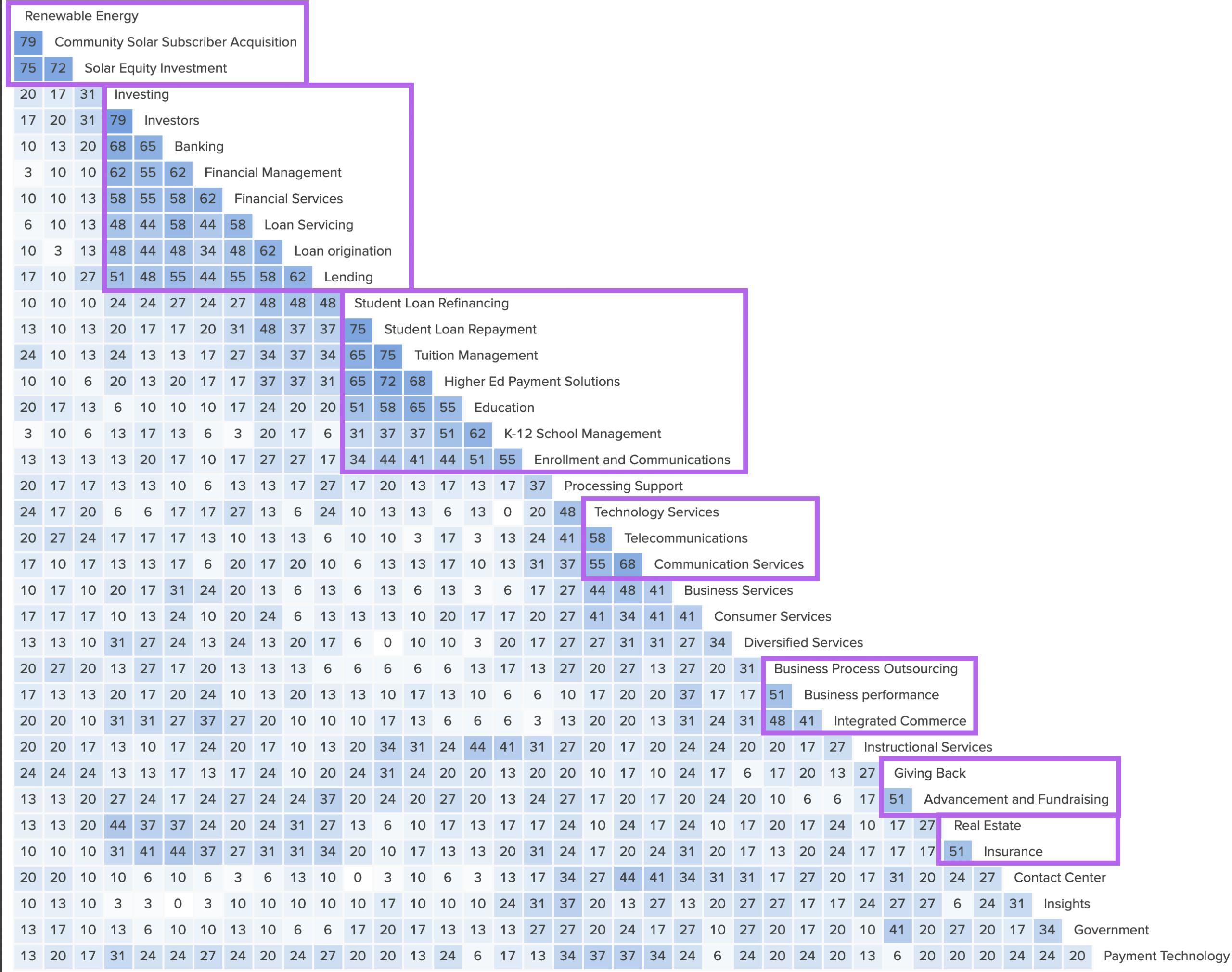Card Sorting
Card sorting helps determine the best information architecture for a website by having participants place cards into groups that make sense to them.
- Related Capabilities
Card sorting involves having users sort a list of pages or concepts into categories based on their understanding of relationships between these concepts. It's useful for such things as finding out how users would group items together on sites that have a large number of products and categories. The goal of card sorting is to generate a user-centered system of classification (taxonomy), which informs the information architecture for a website.
Process
Determine Purpose and Scope
A card sort can be broad or deep depending on the objectives of a study. Having a specific understanding of what the card sort will inform is key to building the study.
Determine Card Sort Type
There are three types of card sorts: open, closed and hybrid. An open sort allows participants to place cards into categories the name themselves. A closed sort has participants place cards into pre-determined categories. A hybrid sort is a combination of the two.
Participants group cards into categories through a web-based sorting tool. Here's an example of what they see:

Analyze Results
Once the target number of participants complete the study, we'll examine the quality of responses and parse results of the study.
We look at aggregate groupings and identify relationships between concepts. Here we see a visual representation of those grouping through a similarity matrix.

From there, we can start to build possible site structures to test further.

We often recommend following up a card sort with a task-based tree test to further validate possible IA structures.
Let's Chat!
Together, we can understand and assist with the challenge or opportunity on your mind.
Connect